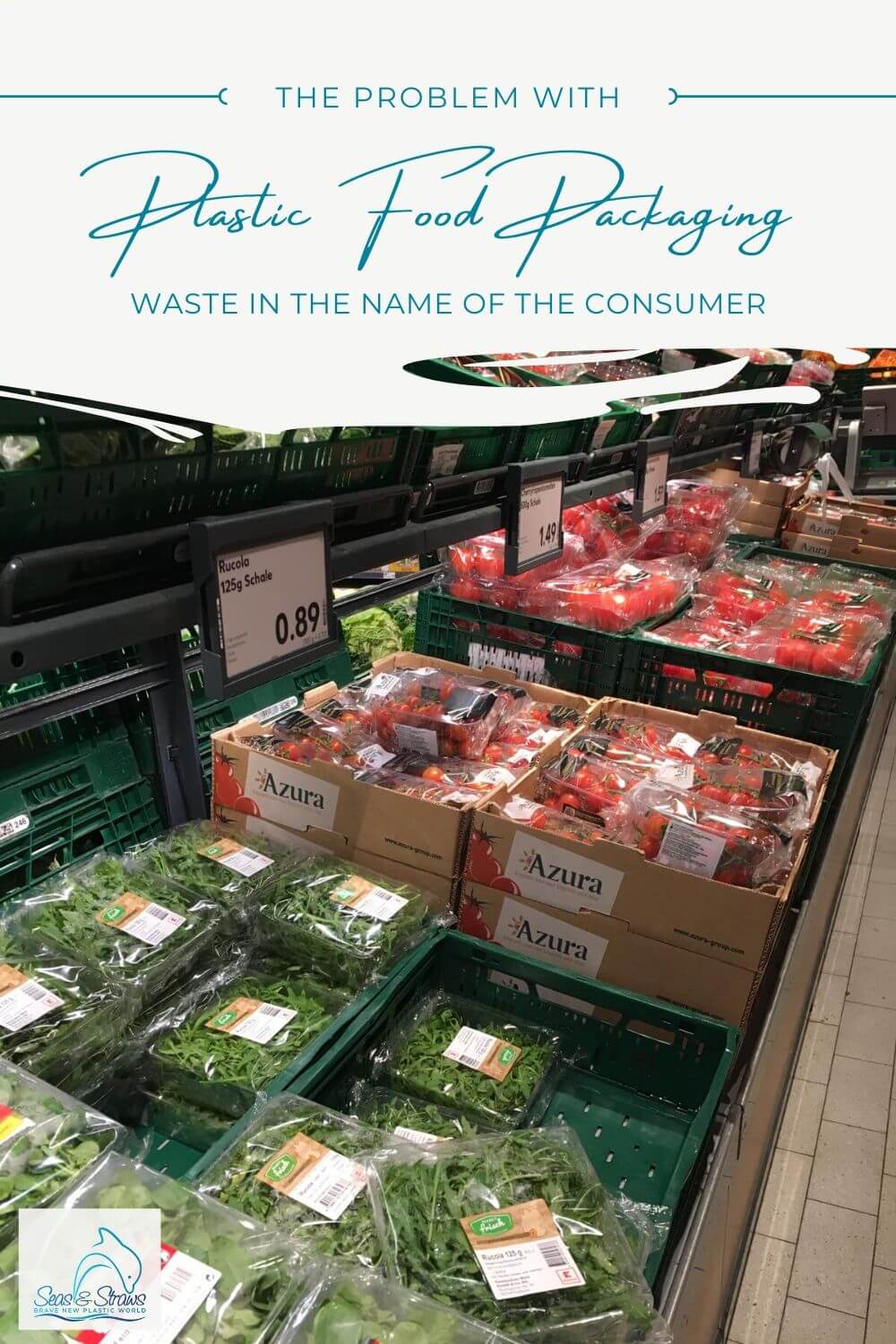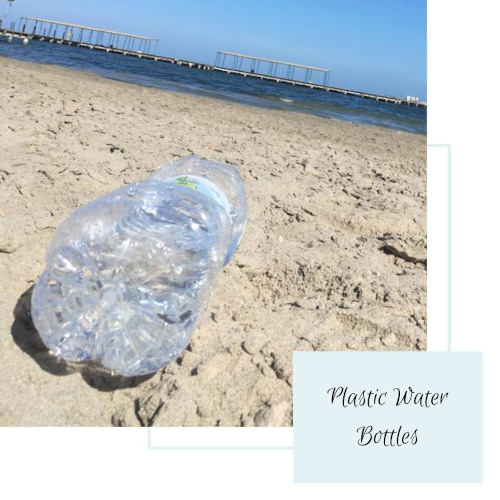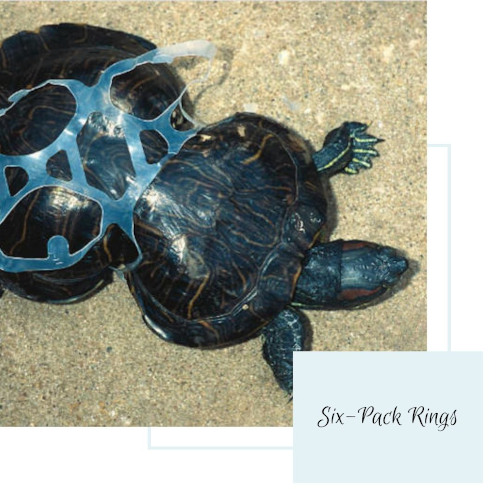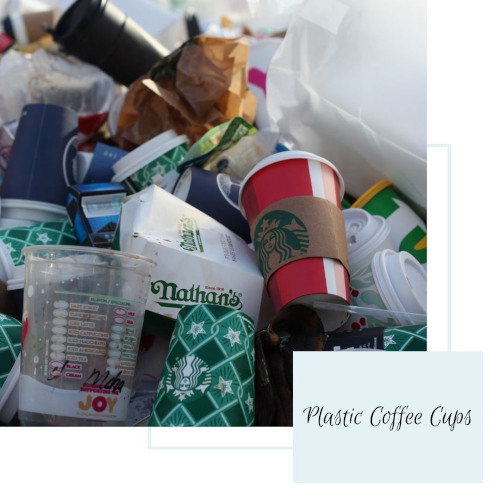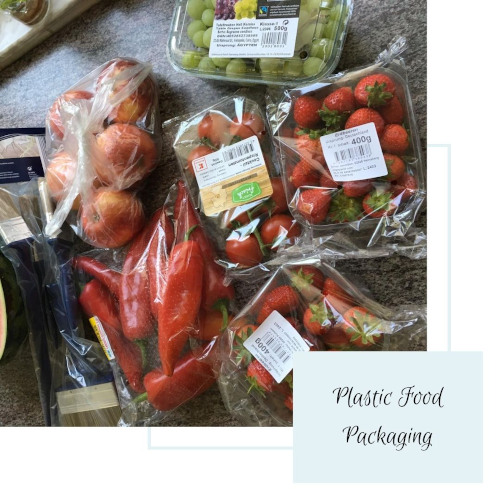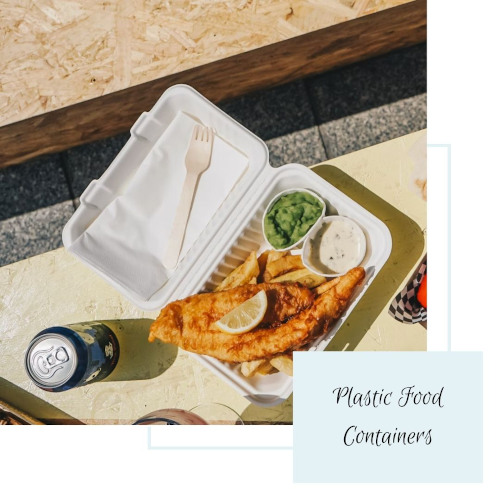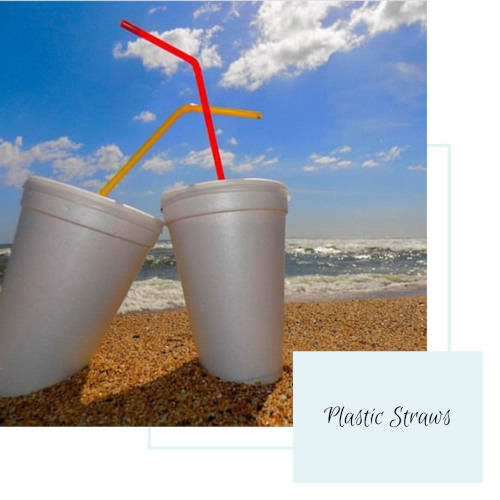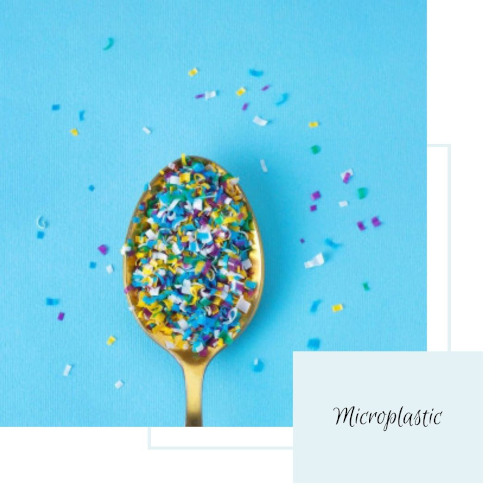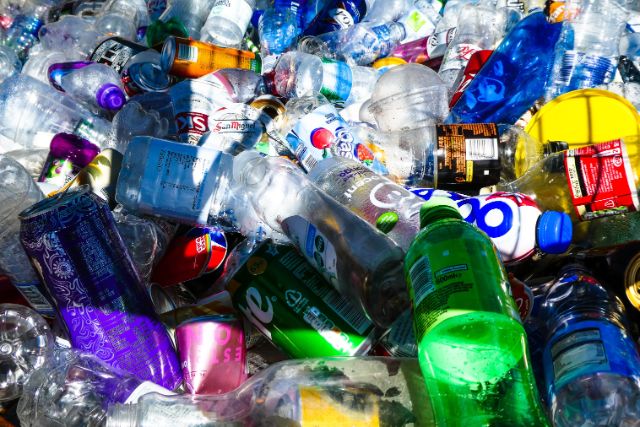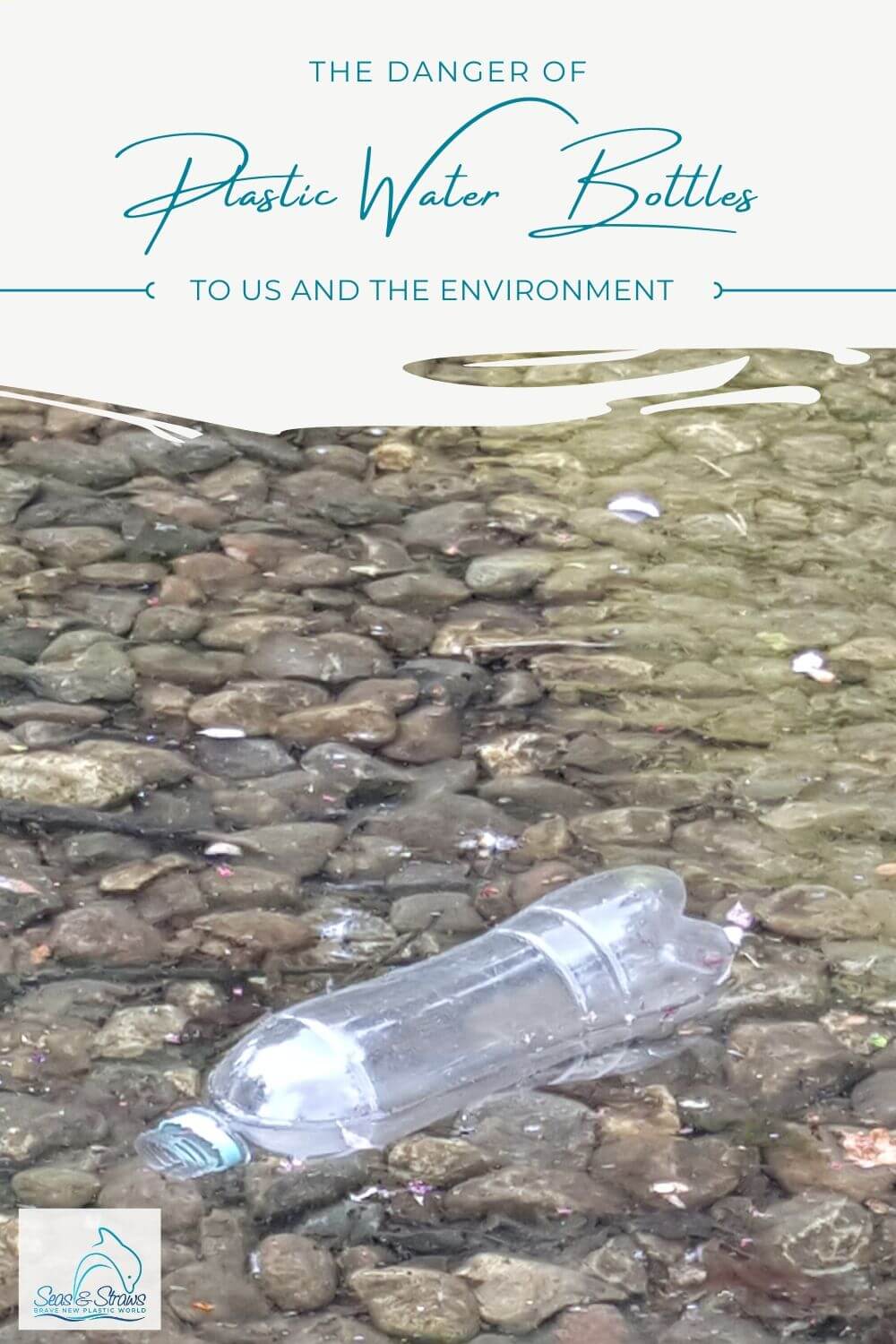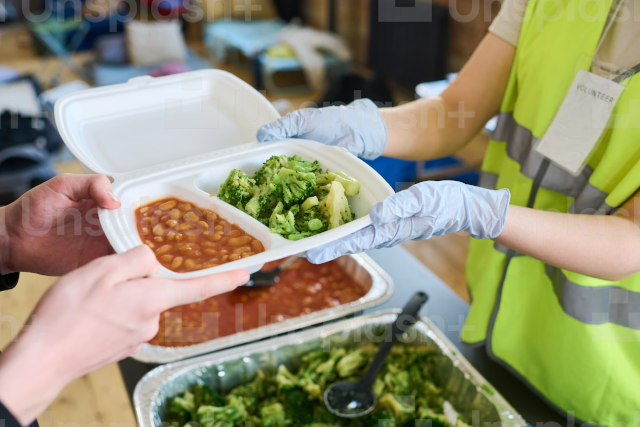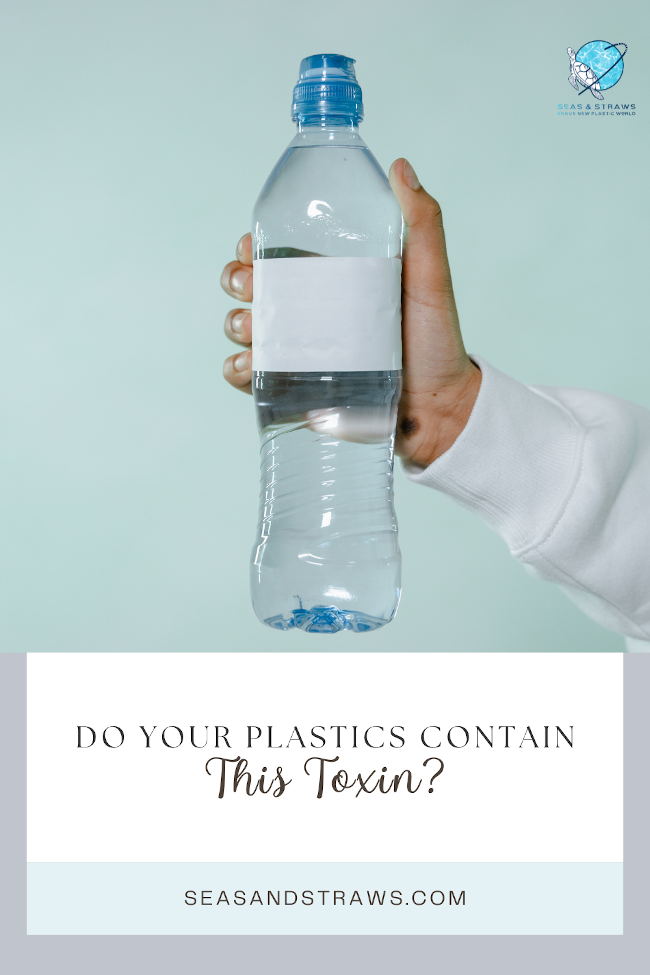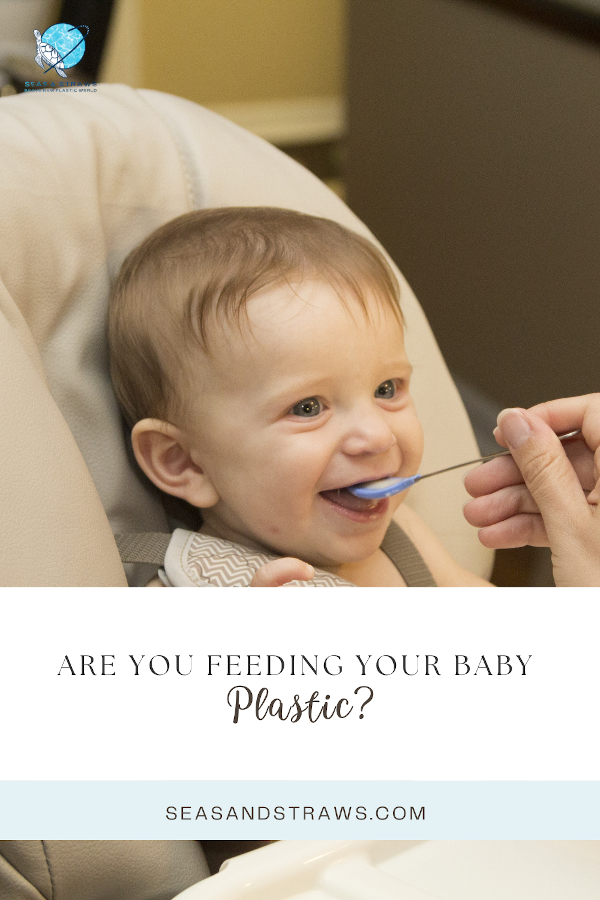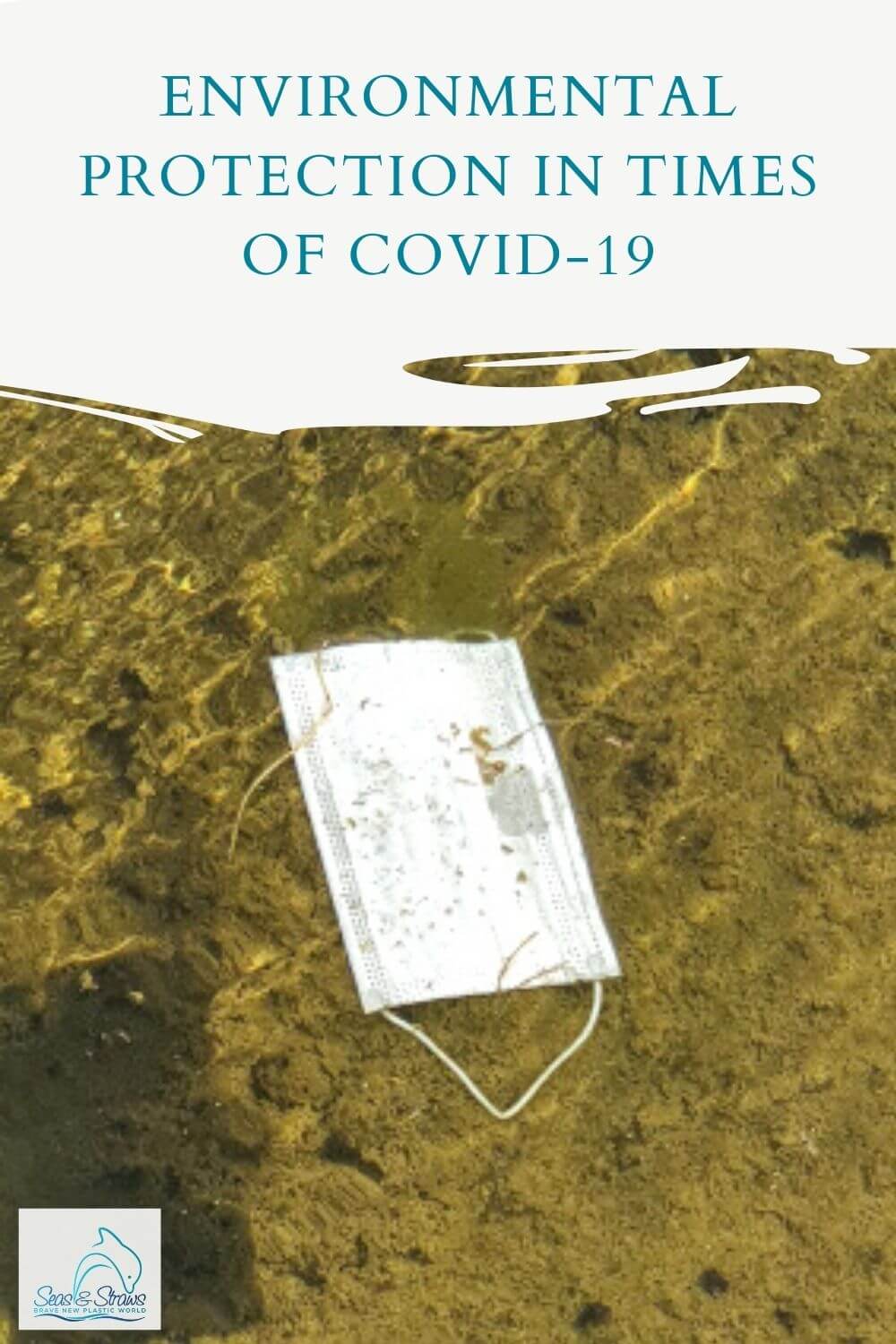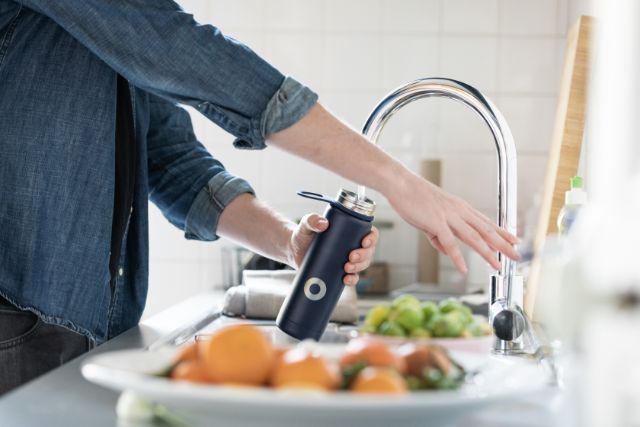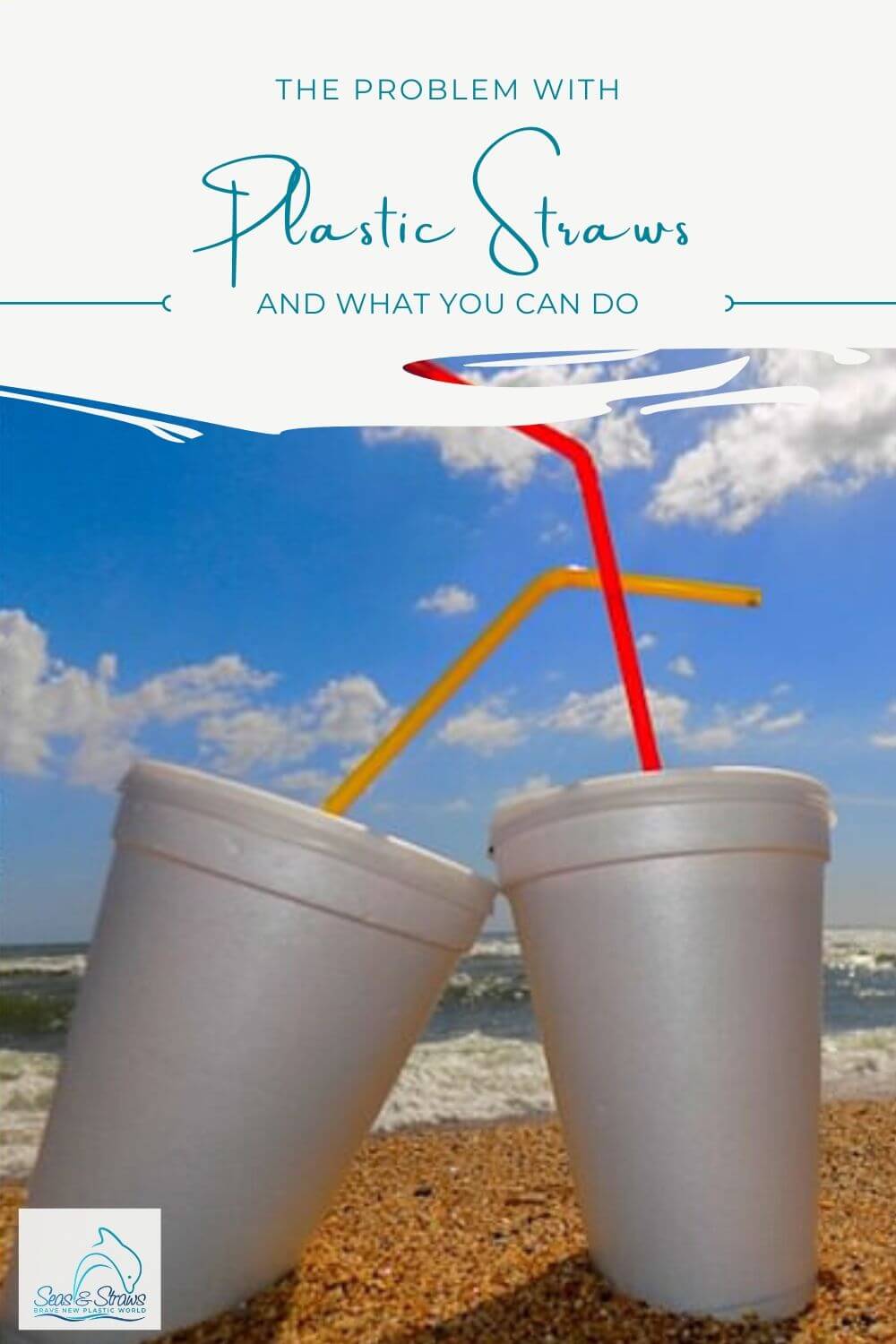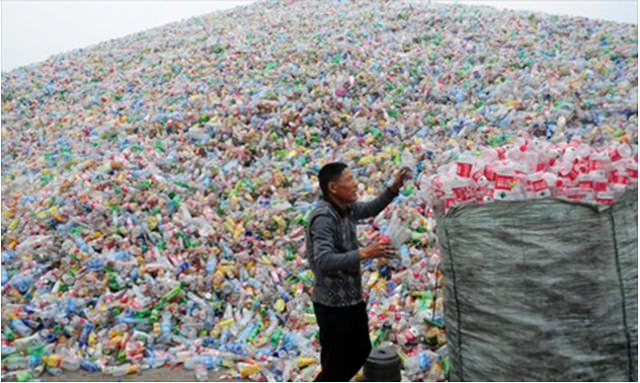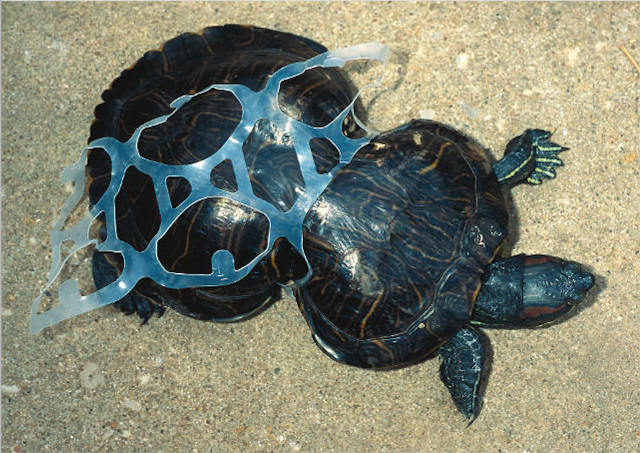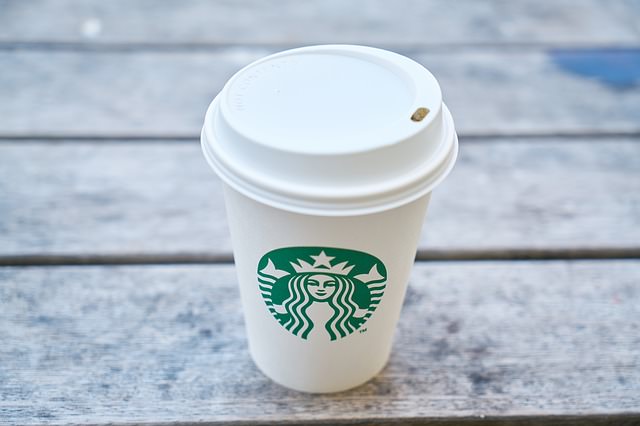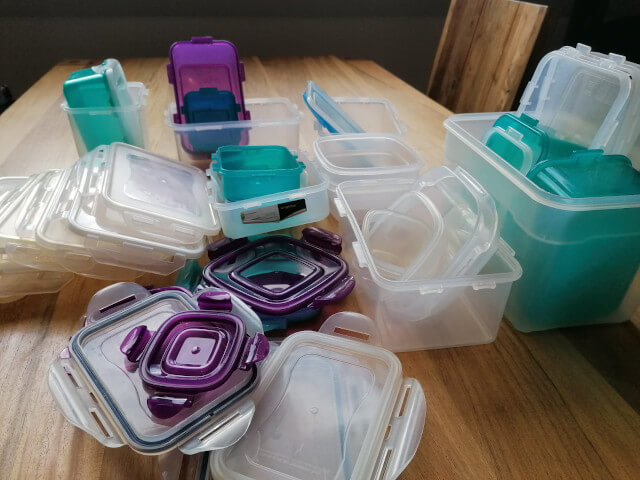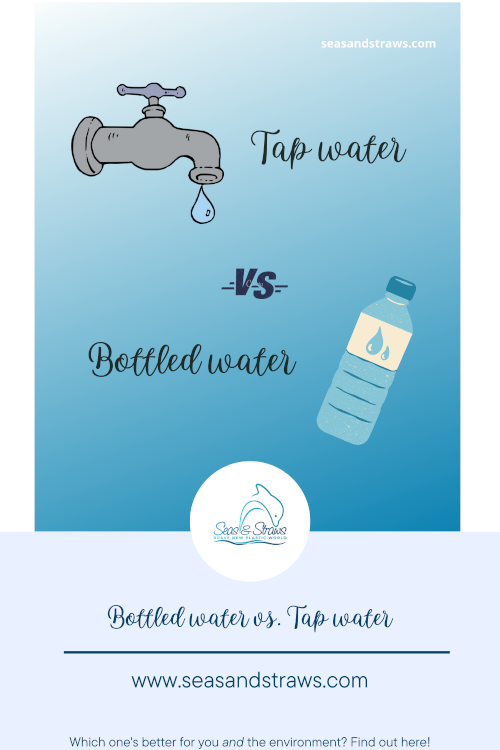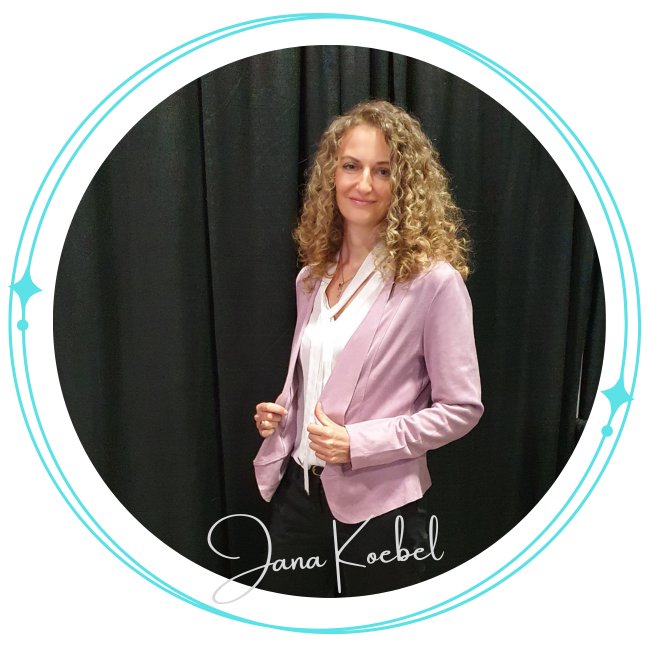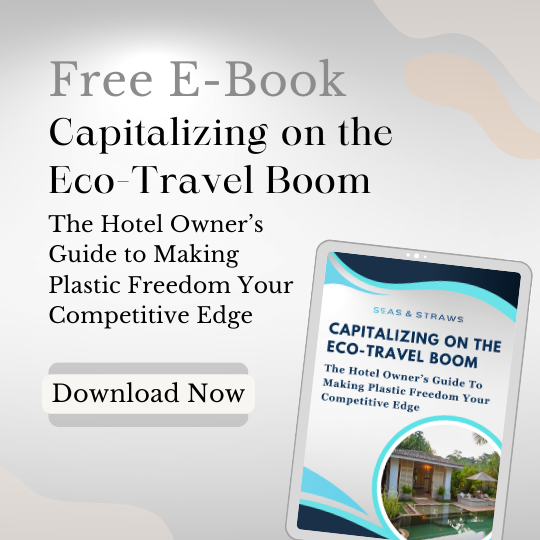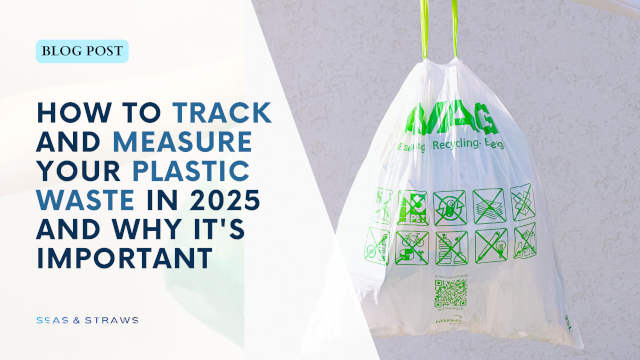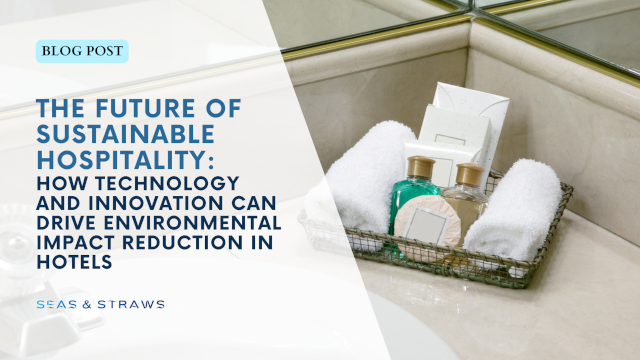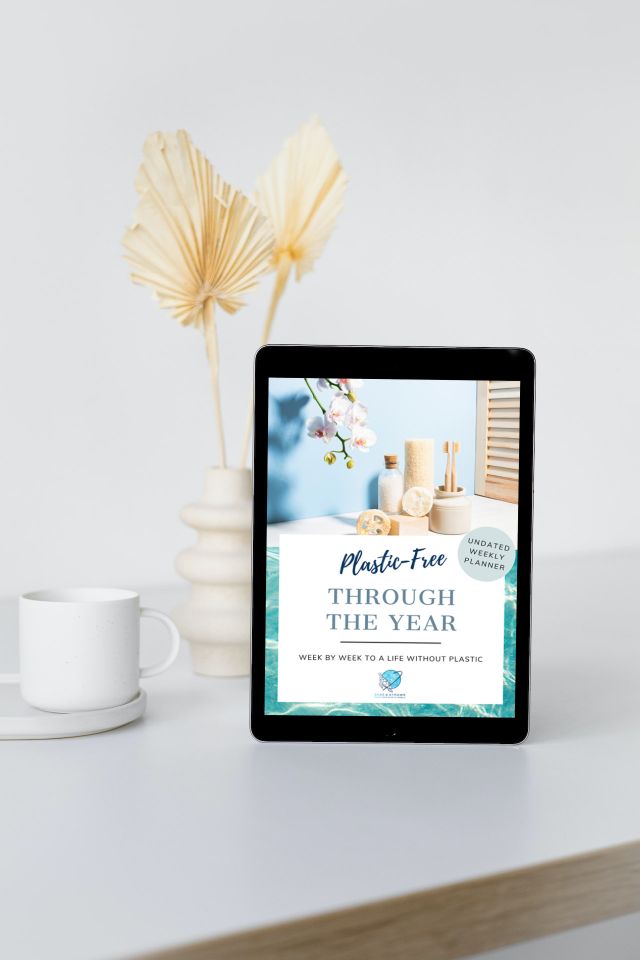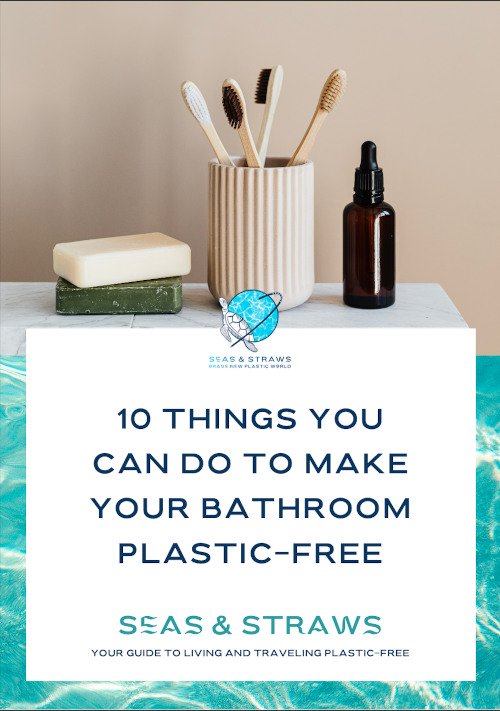- Home
- Plastic at Home
- Plastic Recycling Codes
- Plastic Packaging
Plastic Packaging - Waste in the name of the consumer
Look around you right now. What do you see? If you're like most modern humans living in an industrialized country, you're probably surrounded by plastic packaging. For example, think of all the plastic that's in the computer or mobile device you're reading this article on.
What about your clothing? Many fabrics, fasteners, and adhesives are made of plastic or micro-plastics that you can't even see.
If you're like most busy people, your lunch likely came in some kind of plastic wrap or container, too.
Plastic is everywhere, and while I am not trying to villainize it, I want to bring the focus down to something we all have in common. Food.
In our modern times, everything we eat is usually wrapped in some form of plastic. It keeps our food fresh for extended periods and makes it easy to transport from store to home. We've taken for granted this amazing invention, throwing caution to the wind in the name of convenience.
'the consumer wants it so'
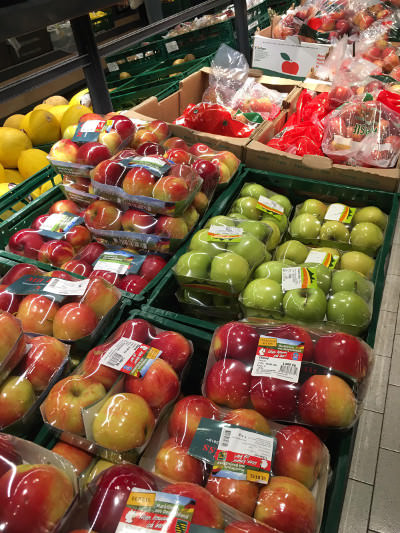 |
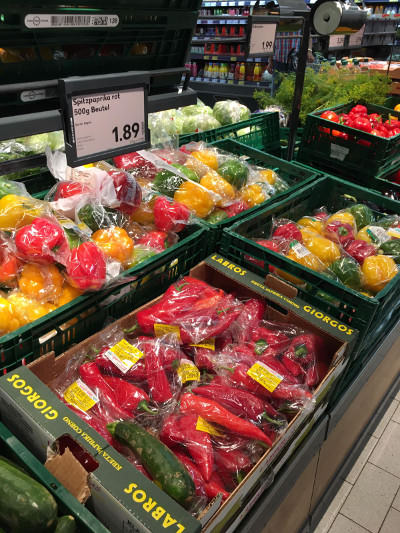 Fruit and Vegetables wrapped in Plastic Fruit and Vegetables wrapped in Plastic |
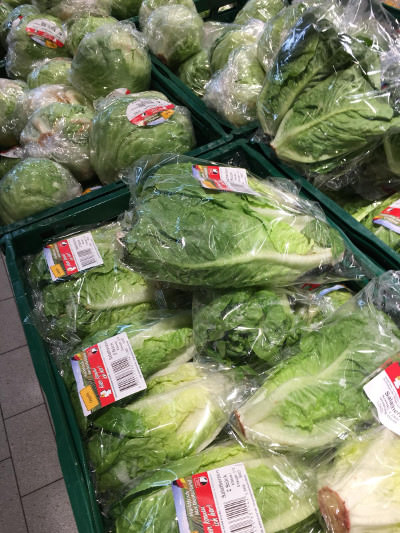 |
I'm sure you have already seen those individually-wrapped bell peppers, potatoes or bananas in your local supermarket. Or plastic-wrapped packs of cheese inside a larger plastic bag.
How did you react? Did you laugh or shake your head in disappointment at the obvious waste, or did you barely notice? Whatever it was, double, triple, and sometimes quadruple-wrapped products are impossible to avoid nowadays.
Sure, the thin plastic wraps don't look like much of a threat on their own. But they don't biodegrade and can't be recycled, so those one-use wrappers will be around forever, clogging up oceans and piling up in landfills.
How do the supermarkets defend this incredible waste? By claiming that 'the consumer wants it so'. The consumer who is so addicted to convenience. Or by insisting that plastic packaging prevents food waste. Well, food waste can be prevented just as well with compostable materials made from things like plant starch. In fact, there is a study that shows plastic packaging may encourage food waste.
Besides, most fruit and vegetables come in their own protective shell. Those that don't, like berries, can be sold in cardboard punnets. Those are made from paper, are biodegradable, recyclable and don't leach any toxins.
You Are What You Eat: Toxic Plastic Packaging
When it comes to the plastic packaging we find on nearly all food these days, do we really understand what we are buying and putting into our bodies?
It wasn't long ago that one popular plastic additive was found to be a dangerous endocrine disrupter. The BPA in plastic food packages has been linked to infertility in men and women, prostate and breast cancer, and anxiousness and depression in babies born to BPA-exposed parents.
That's just the short list. The health problems from BPA exposure are well-documented.
Today we see containers and bottles in supermarkets shouting that they are BPA-free.
Sounds good, right?
Unfortunately, many people don't know that the BPA alternatives (BPS and BPF) have been found to disrupt cellular function in a similar fashion as BPA itself. Since these additives are still being used in many types of plastic packaging, food storage containers, and even baby bottles, the health implications are terrifying.
"Safe" Plastic Food Packaging: Is It Safe Enough?
And what about those so-called "microwavable food containers"?
In our fast-paced culture, we expect to have our meals served quickly and with little fuss. Microwaves are a necessity for many people who simply do not have time for sit-down meals. The invention of microwave-safe plastic seemed like an answer from the heavens. That is until people realized that burning your food in those plastic containers or thin plastic wraps was a surefire way to release cancer-causing dioxins into your meal.
Plastics of all kinds have been leaking toxins into the environment for decades.
The FDA regulates plastic packaging used for food, but they don't claim that no chemicals are leaching into your food. The truth is that the FDA allows a certain amount of chemicals to migrate into your food from the plastic.
ending the throwaway culture
We can't change the past and undo the plastic poisoning of our land and seas, and we can't undo the massive floating islands of plastic debris choking our waterways.
But we can take steps now for a cleaner, healthier future with far less plastic. While some of the responsibility falls on manufacturers and our governments to better regulate the use of plastics in food packaging, it's also up to us consumers to make changes in how we shop and live.
Below, I have gathered some simple ways that you can help put an end to this global problem.
Plastic Alternatives
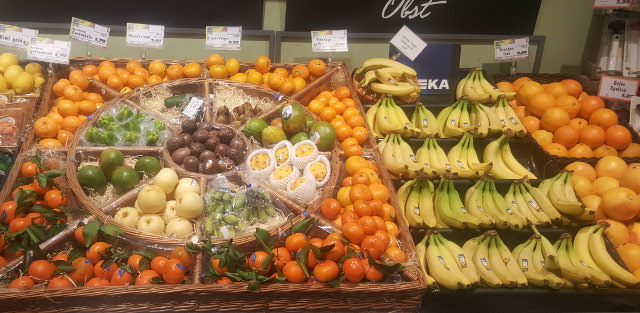 (Almost) Plastic-Free Fruit Counter
(Almost) Plastic-Free Fruit Counter- Buy your fruit and vegetables in loose form or choose biodegradable packaging instead of plastic-wrapped products. Cardboard and paper are easy to find and recyclable in most areas. In some places, you may be able to find food packaging made from kelp, mushrooms, milk, or tomato peels, for example.
- Glass is sturdy, easy to clean, and infinitely reusable. Many types can even go into the freezer or the microwave. Glass doesn't leach chemicals into your food, and it is very easy to recycle without loss of purity.
- Beeswax food wraps are a sustainable, Earth-friendly, biodegradable alternative to plastic. Not only are they reusable and washable, but you can even make them yourself if you're feeling crafty. When they have reached the end of their usefulness, you can simply toss them in your compost heap or the garbage.
The Plastic-Free Future is Bright!
We're not alone in our quest for a brighter, healthier, plastic-free future.
Plastic-free aisles are popping up in supermarkets in many communities, no-plastic farmers' markets are gaining in popularity, and more people are turning to produce delivery services that offer organic, sustainable, and plastic-free access to healthy foods.
On a larger scale, many countries have begun working on plans to reduce or completely eradicate plastic food containers.
Manufacturers and governments will be willing to dedicate more funding to research efforts if consumers speak up. Let your local leaders know that you'd like to see less plastic packaging in supermarkets and more natural, safe alternatives. If you're not one for making noise, you can let your money speak for you. Purchase only natural, biodegradable, or recyclable products and manufacturers will notice.
The Most Common Everyday Plastic Items
Click on the image to know more.
Resources
